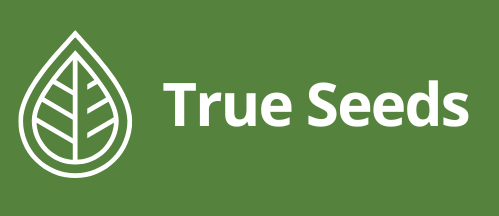Cannabis: A Journey Through History, Science, and Consumption
Cannabis has been around for thousands of years, weaving its way through history as a medicinal, recreational, and even spiritual plant. Whether you’re lighting up a joint or indulging in a cannabis-infused brownie, the effects can be quite different—but equally fascinating. Let’s dive into the history, science, and the age-old debate of edibles vs. smoking.


A Brief History of Cannabis
Cannabis has a long and storied past. Ancient civilizations in China and India used it for medicinal and religious purposes as far back as 5,000 years ago. By the 19th century, cannabis tinctures were common in Western medicine. Then came the 20th century, bringing prohibition, stigmatization, and the infamous “War on Drugs.” However, in recent decades, cannabis has staged an incredible comeback, with legalization spreading globally and a booming industry catering to both medicinal and recreational users.

Edibles vs. Smoking: The Ultimate Showdown
The way you consume cannabis plays a major role in how it affects your body and mind. The two most common methods—smoking and edibles—offer distinctly different experiences.
Smoking: The Classic Approach
Rolling a joint, hitting a bong, or sparking up a pipe—smoking is the traditional method of cannabis consumption. When inhaled, THC (the psychoactive compound in cannabis) rapidly enters the bloodstream through the lungs, reaching the brain within minutes. This leads to an almost instant high, characterized by euphoria, relaxation, and sometimes a burst of creativity.
Pros:
Quick onset of effects (within minutes)
Easy to control dosage
Social and ritualistic aspect
Cons:
Shorter-lasting effects (1-3 hours)
Harsh on the lungs
Smell lingers
Edibles: The Sneaky Heavyweight
Edibles, on the other hand, are cannabis-infused foods and drinks that take a completely different route through the body. Instead of entering the bloodstream immediately, THC is processed by the liver and converted into 11-hydroxy-THC, a more potent compound. This results in a delayed but much stronger and longer-lasting high.
Pros:
Long-lasting effects (4-8 hours)
No lung irritation
Discreet and odorless
Cons:
Takes longer to kick in (30-90 minutes)
Harder to gauge dosage (rookies, beware!)
Overconsumption can lead to intense, sometimes overwhelming highs


How Cannabis Affects the Brain
Regardless of how you consume it, cannabis interacts with your body’s endocannabinoid system (ECS), a network of receptors that regulate mood, pain, memory, and more. THC binds to these receptors, triggering a variety of effects:
Euphoria & Relaxation: The “high” feeling is due to increased dopamine release.
Altered Perception: Colors may seem brighter, sounds richer—hello, enhanced creativity!
Memory Impairment: Short-term memory might take a hit, so don’t expect to recall every detail of that movie you just watched.
Increased Appetite: The legendary “munchies” are caused by THC stimulating hunger hormones.
